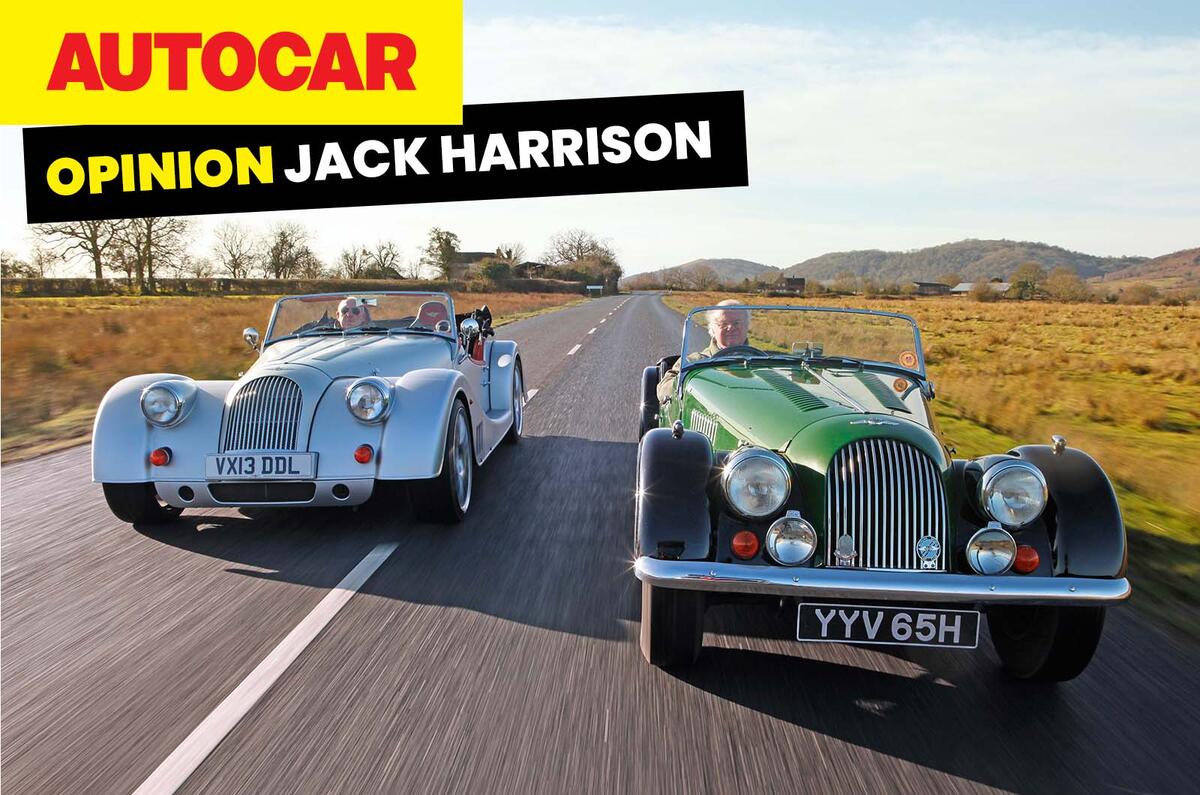Driving a performance car in the real world can make you feel like public enemy number one.
Maybe it’s the overly aggressive styling of most modern driver’s cars, or perhaps it’s simply jealousy. But try pulling out of a busy junction in something with a fruity exhaust and a sub-4.0sec 0-62mph time, and settle in for the wait as your fellow motorists whizz wilfully by, glaring at you like you’ve just suggested demolishing their house to make way for a McDonald’s drive-through.
Conversely, try the same move in a 1950s MG A and you’ll be treated like a hero. People love classics. However, it’s incredibly easy to forget just how much automotive technology has evolved in the past 70 years until you have to deal with beam axles and carburettors.
So how do you blend exhilarating modern performance with cheerful, crowd-pleasing vibes? Simple: you buy a Morgan. I’ve never been treated better on the road than I have behind the wheel of one of Malvern’s hand-crafted roadsters, and even if I had been sneered at, I’d be having too much fun to care.
Operating since 1910 as a successful purveyor of thrummy three-wheelers, Morgan built its first four-wheeled car in 1935 and introduced the Plus 4 in 1952 – and then stayed firmly in its lane. The Plus 8 came about in 1968 with Rover’s legendary V8 up front, but otherwise this was a firm that steered clear of all-out revolution.
Nonetheless, the orders kept coming in (there were 10-year waits at one point), and in 2000 the Aero 8 was launched alongside the classic Plus models and the V6 Roadster as the first all-new Morgan in 32 years.
The looks were divisive, but it’s what was under the skin that made this car so special. A bonded aluminium chassis cradled a current-spec 4.4-litre BMW V8, while rose-jointed suspension and double wishbones all around meant the chassis was a world away from the somewhat cart-esque architectures of yore. It was truly modern, but still with a traditional ash wood body frame as a nod to the past.




Join the debate
Add your comment